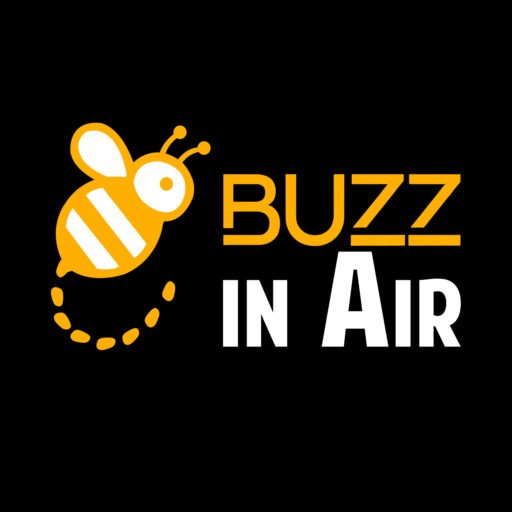AI Content Policy
Effective Date: [Insert Date]
At Buzz In Air, we believe technology should support creativity, not replace it. While we use AI to enhance our workflow, human intent, voice, and responsibility are always at the heart of everything we publish.
This page explains how we use AI, the checks we put in place, and what we do to ensure that everything you read here reflects quality, accuracy, and transparency.
How We Use AI (and How We Don’t)
AI tools help our team brainstorm, refine grammar, optimize SEO, and polish drafts. Think of them as digital co-editors, useful, but never in charge.
Writers might use AI to:
- Organize content ideas
- Experiment with tone or phrasing
- Improve structure and readability
- Generate headline variations or outlines
But make no mistake, the thoughts, conclusions, and perspectives come from people. We do not use AI to generate facts, statistics, or source material. Any claim made in a post is verified through human research using credible sources.
Human Review Comes First
Before anything is published, it goes through a manual editorial review. That means an actual person reads, edits, and approves each article. Whether an article was assisted by AI or written start-to-finish by a human, the same quality standards apply.
We double-check:
- Factual accuracy
- Proper sourcing
- Consistency of tone
- Ethical use of generative tools
In cases where AI was heavily involved, we may choose to add a small note in the article, not because we have to, but because we value reader transparency.
Original Work, Always
Every contributor to Buzz In Air is expected to submit original material. Even if AI helped during the writing process, the final version must reflect the author’s voice, perspective, and effort.
To keep things honest:
- We check every submission for plagiarism.
- We scan for AI overuse or raw, unedited machine content.
- We reject anything that’s misleading, copied, or poorly sourced.
Writers who repeatedly ignore these standards may be restricted from contributing further.
Ethical Guidelines for AI Use
We have strict limits on how AI can be used within our platform. We do not allow AI tools to produce:
- Fabricated stories or fake news
- Health, finance, or legal advice without source-based verification
- Hate speech or discriminatory content
- Altered media (deepfakes, misleading visuals, etc.)
Contributors are expected to disclose when they’ve used third-party tools, especially if those tools shaped major portions of a submission.
Transparency Is Non-Negotiable
Our editorial approach will continue evolving as technology advances, but one thing won’t change: your trust matters more than our tools. If you ever come across content that seems off, whether it’s poorly sourced or ethically questionable, let us know through our Contact page. We investigate all reports seriously and act quickly when needed.
Thanks for reading, and for supporting a digital space where human voices and smart tech work together with accountability.

